Tag Archives: cultural policies

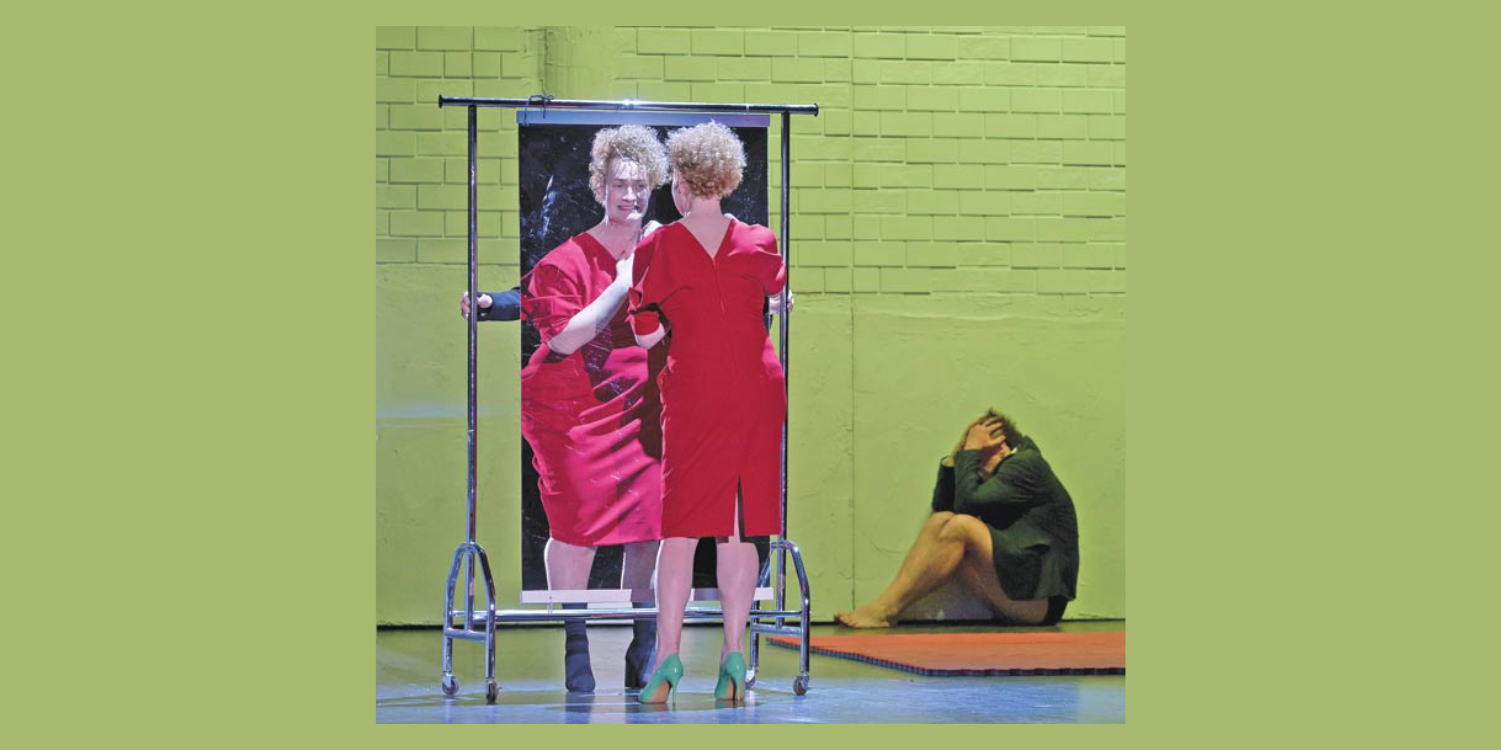
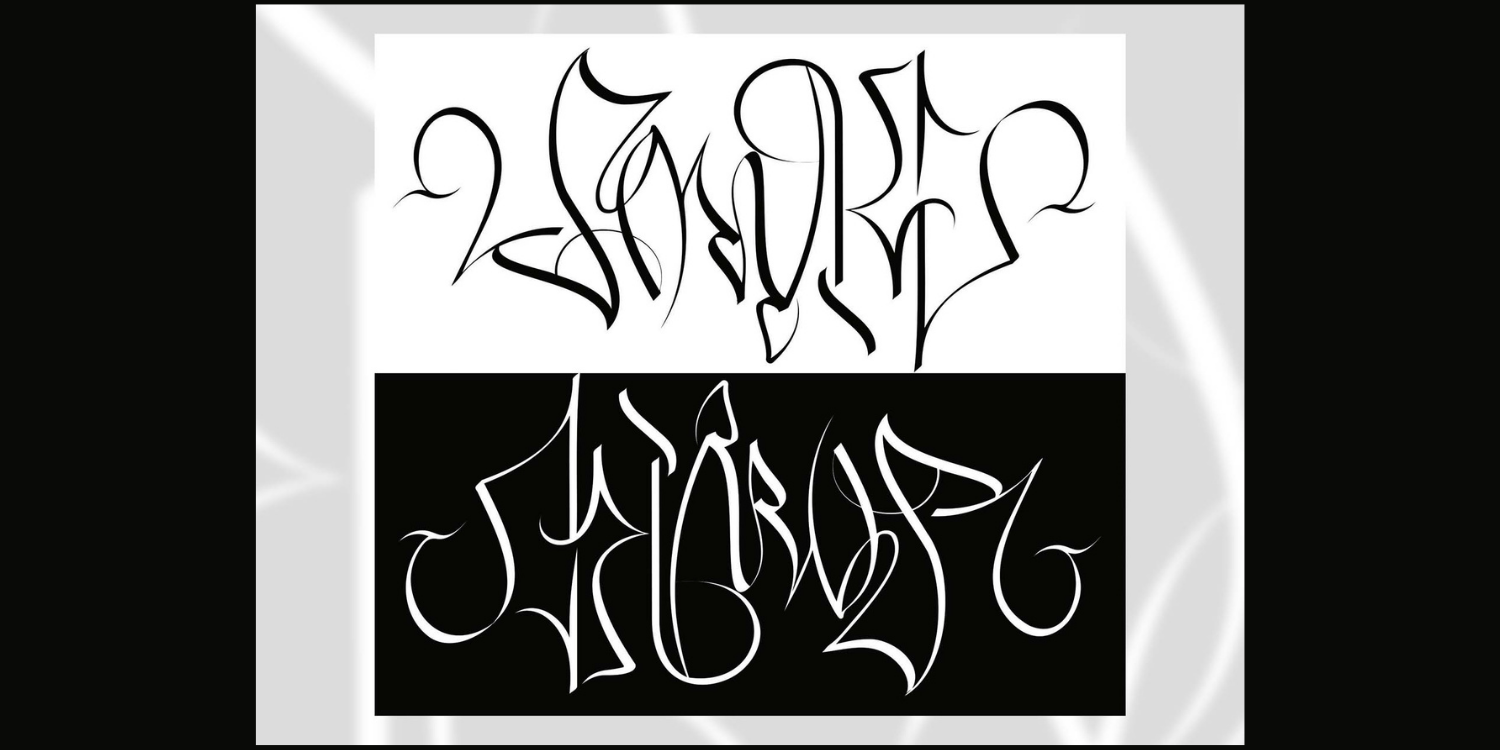



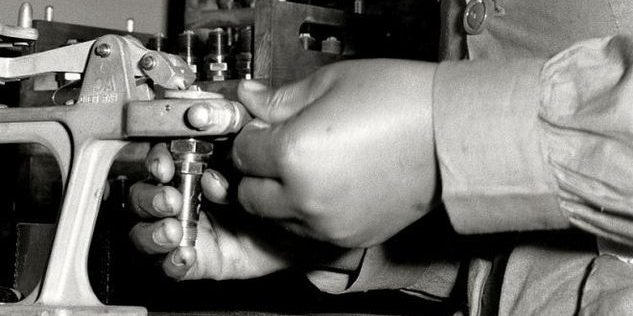

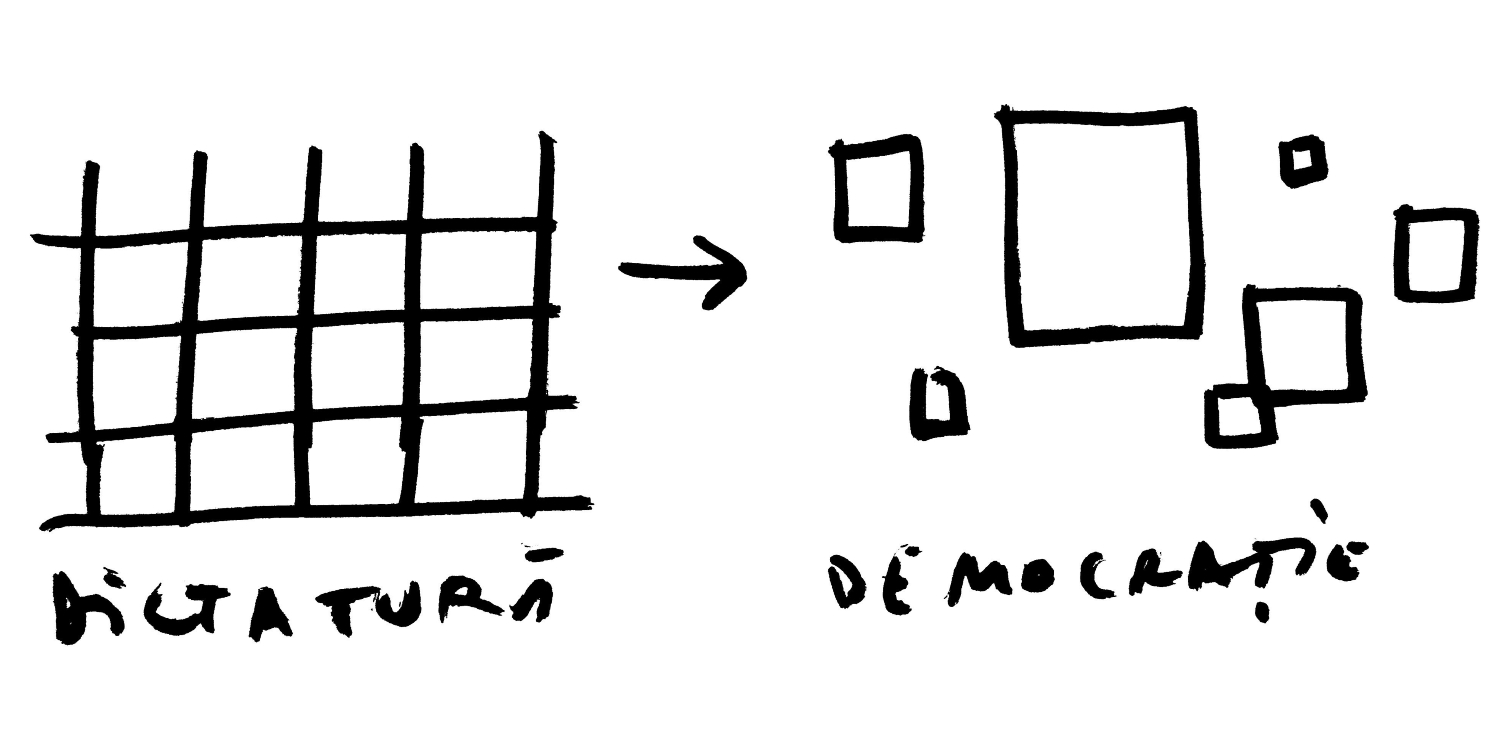
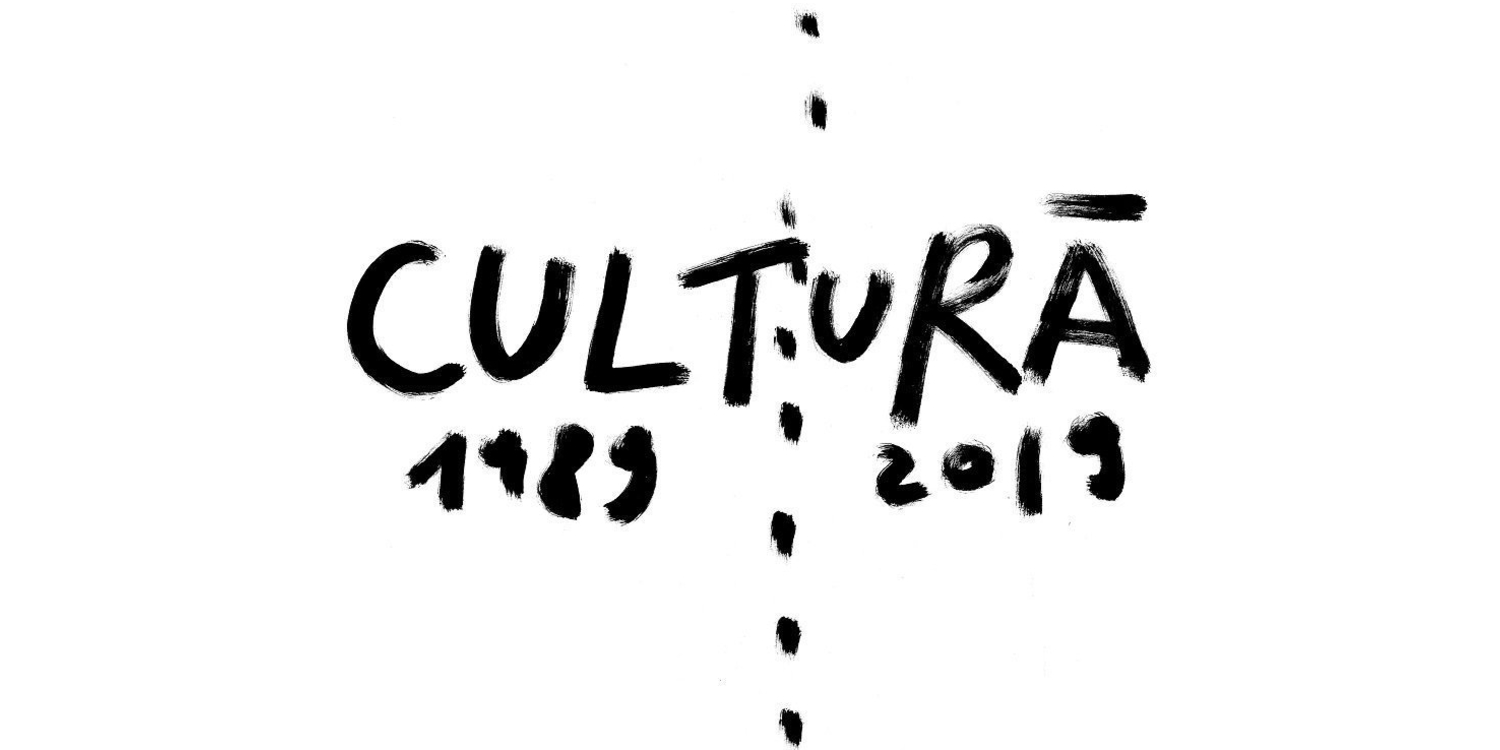

From Collectivism to Connectivism – The Romanian Arts Sector since the Fall of Communism
For former communist countries like Romania a ‘crisis’ of the cultural
system can be claimed. It is demonstrated by a lack of long-term cultural
policies and of answers to questions about the benefit of public support for
the arts in order to transfer the country to a new system after the upheaval
of 1989. This crisis stems from the diminished role of cultural and education
policies as compared to other fields of public policy as well as from
an outdated administration apparatus dealing with the cultural dynamics.
Therefore, cultural management and its tools are often used here in a purely
functional way, with no philosophy of mission behind.


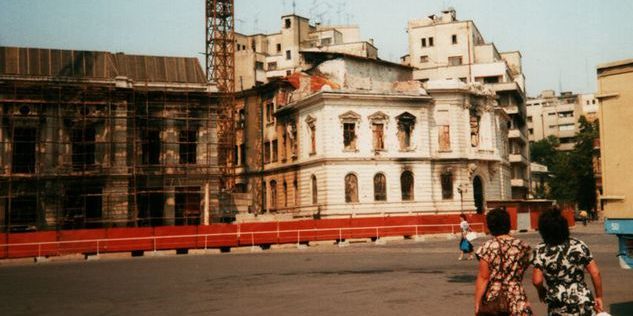
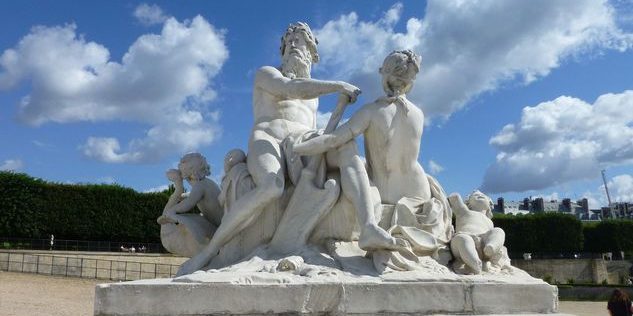
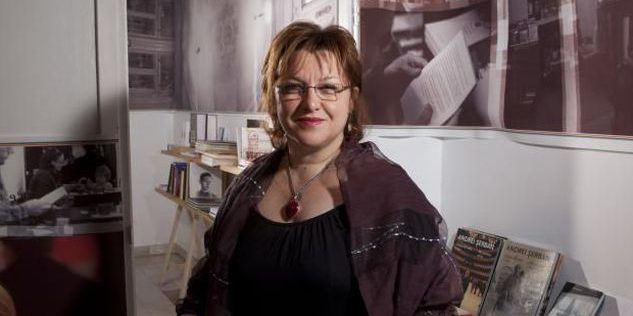
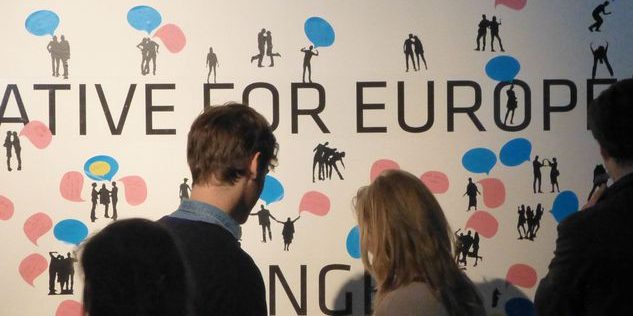

On Creative Connections Innovative Change and Change in the Arts
Looking at the evolution of international cultural
cooperation and the parameters affecting it, Corina
Şuteu analyses current challenges and the ongoing
change of cultural paradigms. She argues that cultural
actors should take an active role, abandoning utilitarian
conceptions of culture and raising it up instead to
its true value in society. She also suggests the need
for a deeper understanding of the positive impact that
past generations of cultural actors have had and the need
to empower individuals to build strategies for change.


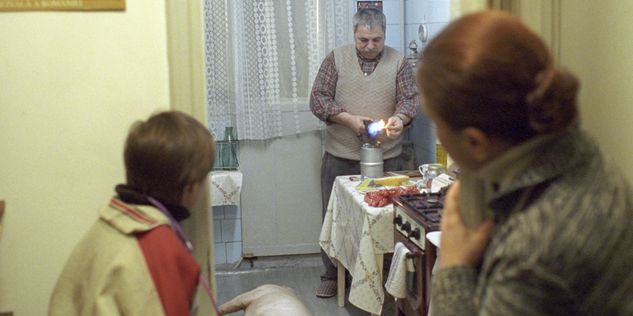
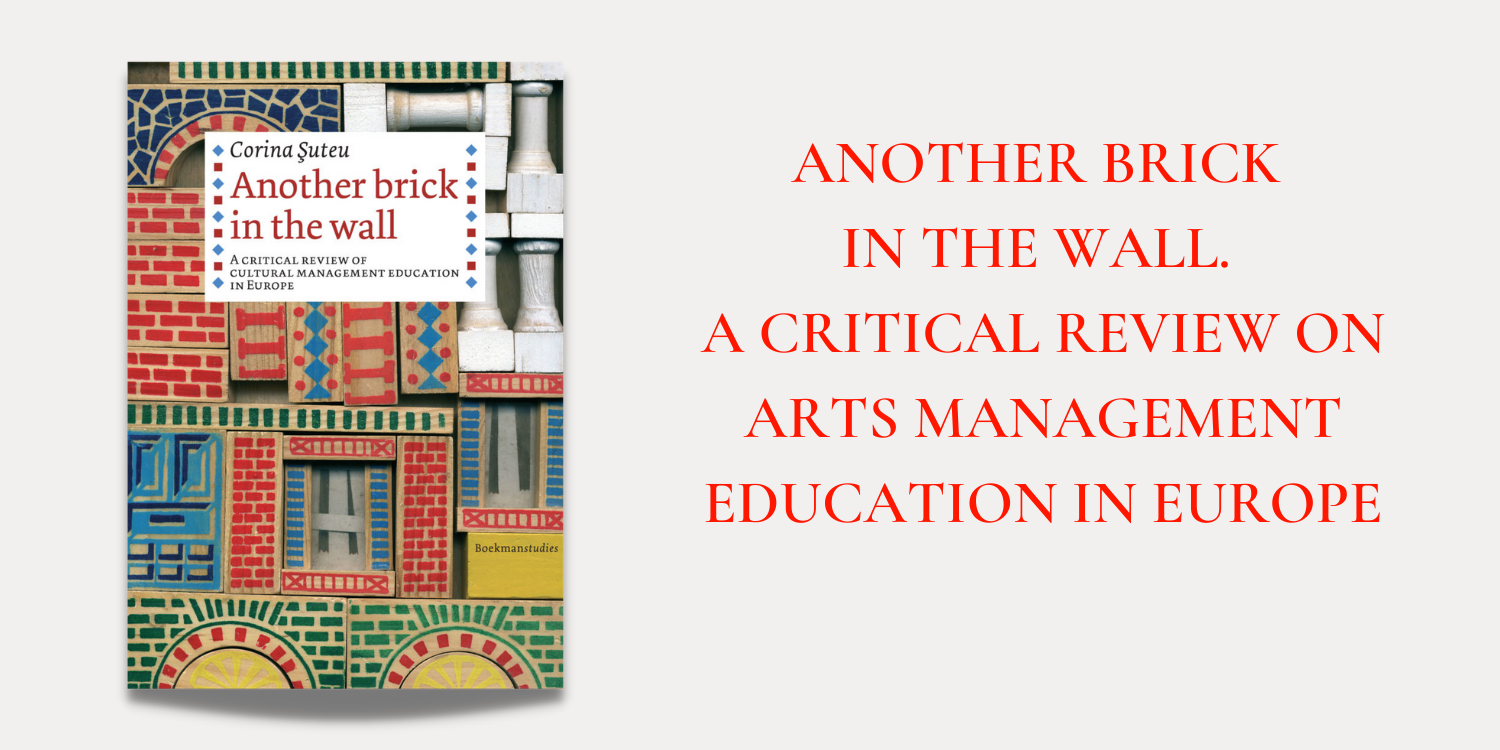
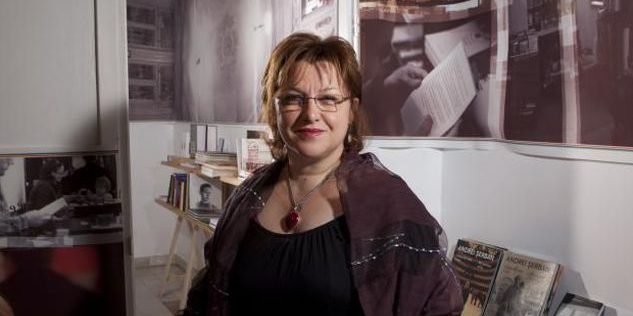
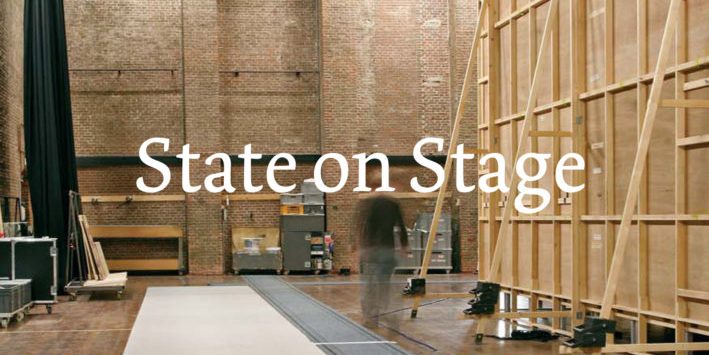
State on Stage – The impact of public policies on the performing arts in Europe
Government support for the Performing Arts in EU member states.
Experiences, perspectives, best practices.
International Conference on behalf of Pearle.

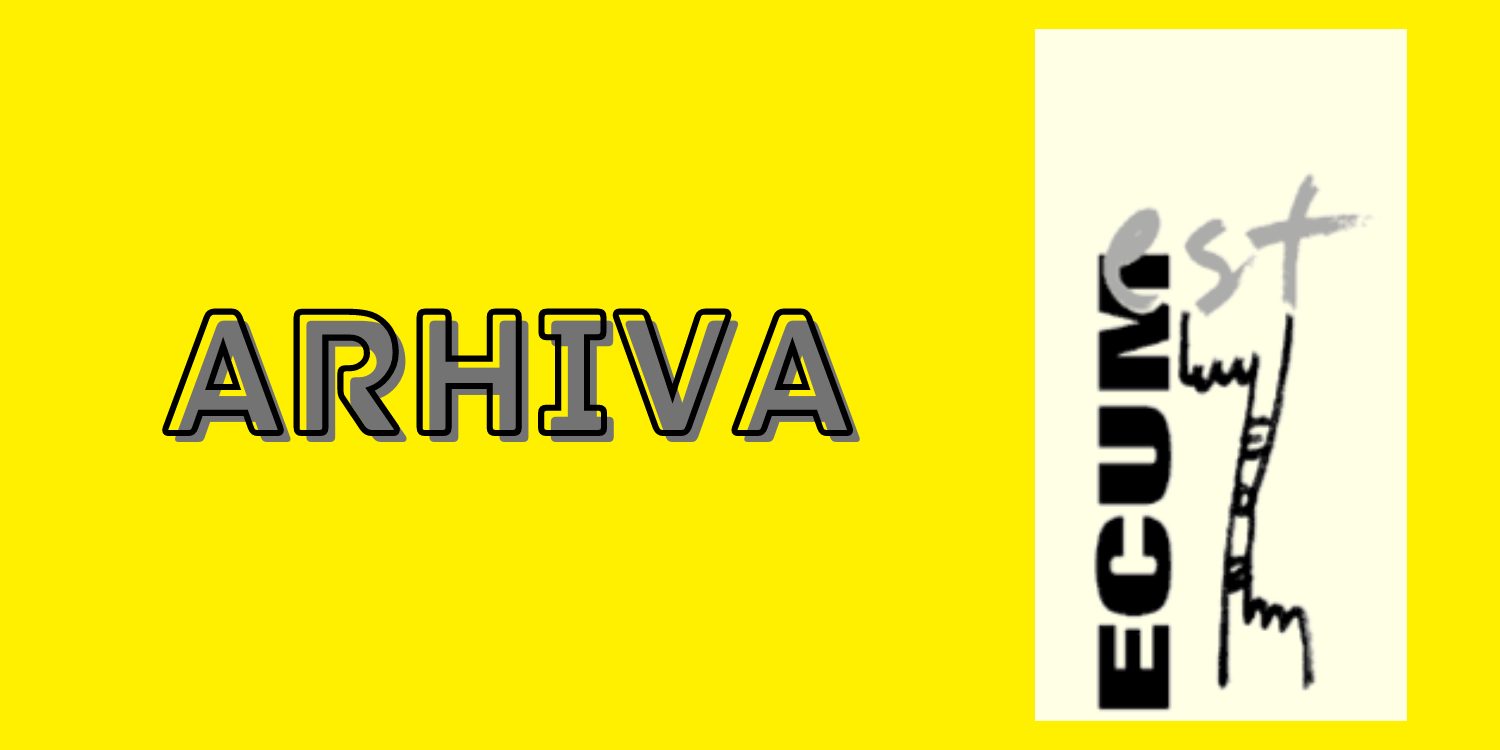


Keynote > Are there collectively held values in learning which are recognized in , and shared by, several cultures while remaining respectful of cultural distinctiveness ?
In a book published in 20002
, the French sociologist and philosopher Edgar Morin is underlining
the need to produce a context for new humanistic studies, based on two complementary and
antagonistic pillars: the integrated study of sciences and of humanities.

Note on the type of products and distribution networks that could be used on behalf of the Council of Europe’s initiative “Cultural identities and shared values of citizenship”
The following note intends to draw a synthetic picture of a number of elements and proposals that could render more effective the Council of Europe’s initiative in the field of ‘cultural identity and shared values of citizenship’.
An informed observer would start by addressing, however, a couple of critical aspects that render this task less easy and appealing than it might seem.

Special issue on Cultural Policies in CEE > Policy Warning and Forecast Report
“ We are at the beginning of a new era, characterized by great insecurity,
permanent crisis and the absence of any kind of status quo (…) There are no
victors and no defeated powers today, not even in Eastern Europe”- “In from the
margins”, Council of Europe report, 1997, quote at the beginning of chapter “The
geopolitics of culture”

Cultural policies in transition, the issue of participation and the challenge of democracy
The direct and indirect effects that cultural policies had on the development of Western
European societies after the Second World War is one of the issues that the cultural
community has to deal with today.2
In order to understand how the cultural sector in the
post communist countries of South East Europe tackle this issue, as they struggle to
reinvent and to reposition their cultural policies on their government agendas; in order to
understand which traditional, but also which new instruments they employ and why; the
degree of inspiration they receive from western models; and last but not least, how
cultural policy is contributing to the design of new democracies, this article will attempt to
offer some keys, based on the broad and surprising experience of the Policies for
Culture programme (2000-2004), as well as on the broader background.3

Cultural Policy Curriculum Development & Mobility Support for Lecturers in Central and Eastern Europe
MOTTO: ‘Cultural policy does not yet exist as a clearly defined area of study with
agreed research paradigms and methodologies. It rather comprises a loose
articulation of work emerging from different disciplinary origins – from arts
management, communication studies, urban studies, cultural studies, cultural
economics – and is not yet able to readily identify how its different parts add up
to a cohesive whole’ (Tony Bennett, Colin Mercer: ‘Recasting Cultural Policies –
Improving Research and International Cooperation in Cultural Policies’, 1996)

Despre necesitatea unui statut special al artistului. Exemplul ţărilor postcomuniste
Dacă în mod obişnuit încercăm să găsim motivele caracterului de “în afara normelor” al profesiunii de artist din perspectiva trăsăturilor distinctive între profesiuni zise “normale” şi profesiunea artistică3, cu toate acestea, o altă analiză, mai convingătoare şi mai subtilă, poate fi avansată. Ea pleacă de la următoarea întrebare: care este munca furnizată de artist şi pentru care este remunerat? Cum definim profesiunea unui artist?

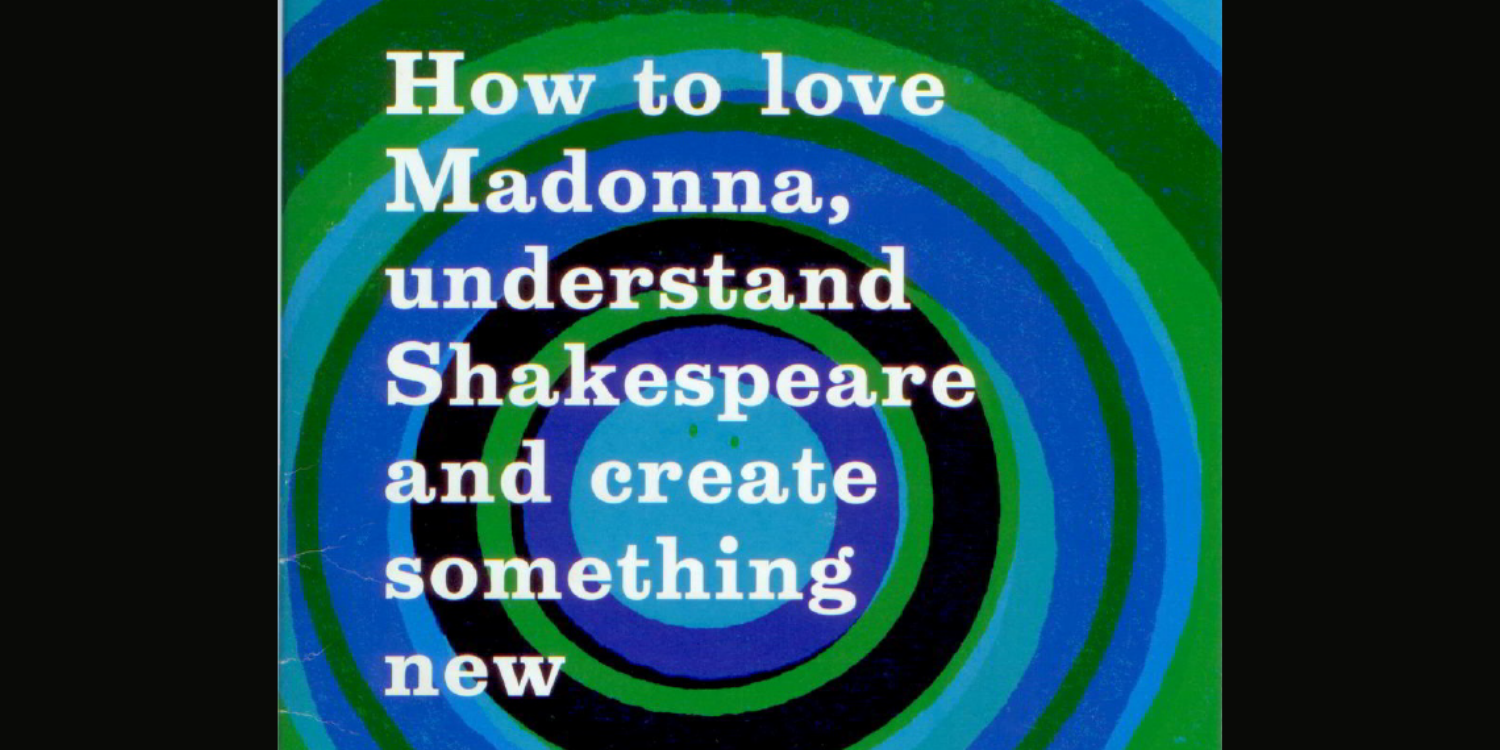

The cultural policy and the artist or how to build in SEEurope “a sample continent for the innovation principle”
In his book published in 2002, “Portrait of an artist as worker”, French sociologist Pierre
Michel Menger is developing an interesting theory that places the artist and the specificity of
his type of labour as a symbol of the new kind of relationship established by the modern
world between the individual at work and his environment. He is stating that the image of the
artistic creativity is today more and more perceived as a crucial factor in the universe of
productivity, and the very special status and characteristics of the artistic work: dealing with
complexity, being innovative and autonomous, flexible and mobile corresponds more and
more to the requested profile of the new man at labour in the western society. Arts are for
Menger “laboratories of flexibility” and the artist’s type of labour profile embodies the profile
of the modern worker.


Academic training in cultural management in Europe: making it work
The following paper will only address a limited part of the complexity of issues
related to the academic training in cultural management regarded from a comparative,
European perspective. Its aim its to highlight a number of key topics of concern and offer a
broad perspective to further specialized debate. The perspective chosen is related in many
aspects to the author’s background. As director of a MA course in European cultural
management for the last eight years, but also as cultural operator in Europe, she is very much
aware about the importance of the present momentum to revise and reshape the reflection
dedicated to a discipline that only academically gained generalized legitimacy ten to fifteen
years ago in the whole of European countries.

Cultural Institutions after 12 years of “New Democracy” in Central and Eastern Europe
Social exclusion disempowers people. It deprives them of access to
experience of the arts – when faced, as a substantial number of
people in Eastern Europe have been, with stark choices of
survival, going to the theater or cinema can hardly be expected to
be on their list of priorities. International declarations on access to
participation in cultural life are academic to those living in
poverty.1

Cultural Institutions in Transition
Cultural institutions worldwide face new challenges to their financial sustainability, their organizational structures and their social relevance. This is particularly true in the European countries and the former Soviet Union. While the political and social changes in these regions differ greatly, the effects of economic liberalization in its many forms have fundamentally altered the context in which cultural organizations operate. With this context in mind, the Salzburg Seminar proposed that the J. Paul Getty Trust and the Seminar might jointly explore ideas for a program that could meet the needs of European cultural institutions.
